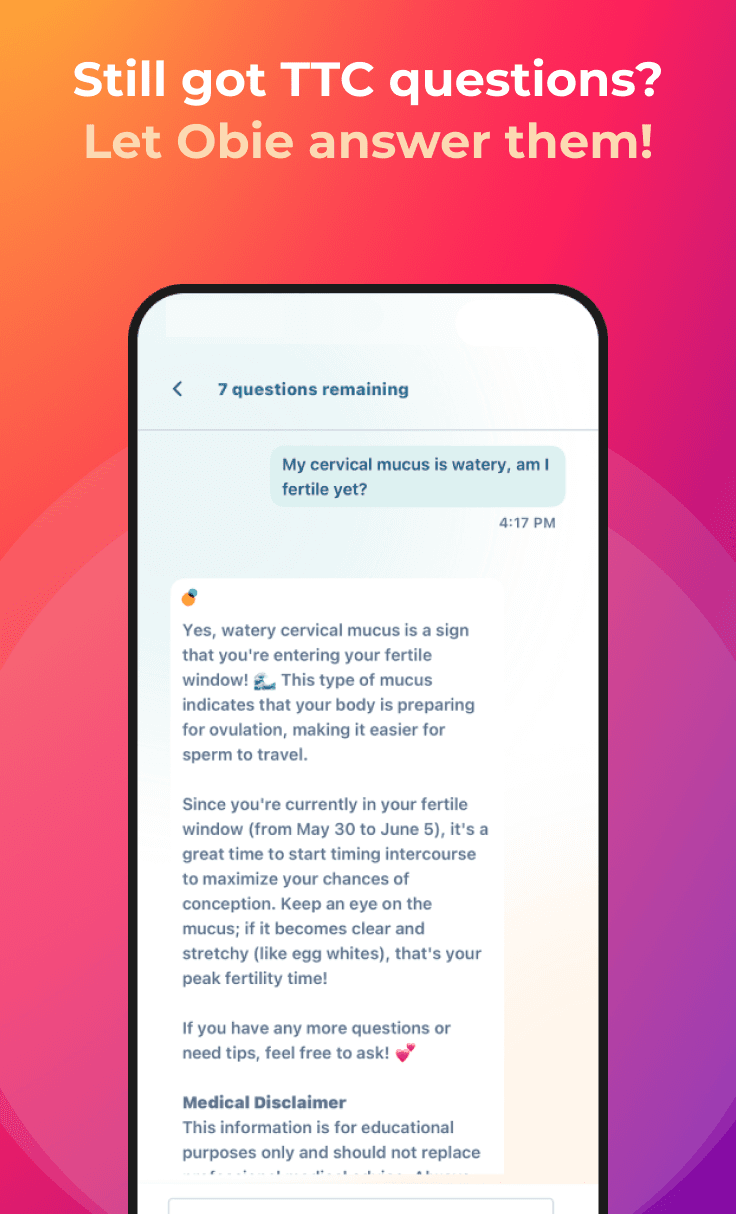How many Couples have Infertility?
Infertility
Obie Editorial Team
A: Many couples believe having a child is all in the planning. What they soon find out is the media representation of pregnancy is far from reality. Not many couples choose to have a baby, have intercourse to conceive a child and test positive on the first pregnancy test after having intercourse. In reality, up to 75% of all pregnancies are self aborted before the mother even knows she is pregnant. This can be due to long list of reasons, but the female body is great at telling which pregnancies are viable and which are not. More than 7 million couples are troubled with infertility at some point in their lives. This accounts for 12% of the couple population.
When a couple is infertile, about one-third of the time the problem is with sperm or semen production, one-third of the time there is a problem with the female reproductive system, and in about one-third of the cases it's a combination of both male and female issues. About fifteen percent of infertility occurs without a diagnosable cause.
Infertility is not just given randomly as a diagnosis. A couple over the age of 35 needs to try for a natural conception for a year or more in order to be defined as infertile. Even then, simple life changes could be behind the trouble conceiving. Generally, if a couple is unable to conceive within a few months, a fertility specialist could work with that couple to optimize fertility. This could include tracking menstrual cycles, observing cervical mucus and changing diet and exercise practices. If one or both of the partners are overweight, the fertility specialist may suggest weight loss to increase fertility.
If after a year the couple is still unable to conceive, alternative options for conception can be discussed with the fertility expert. Tests will normally be run before any fertility treatments are scheduled. These tests will include hormone testing, sperm count and possibly a pelvic ultrasound








